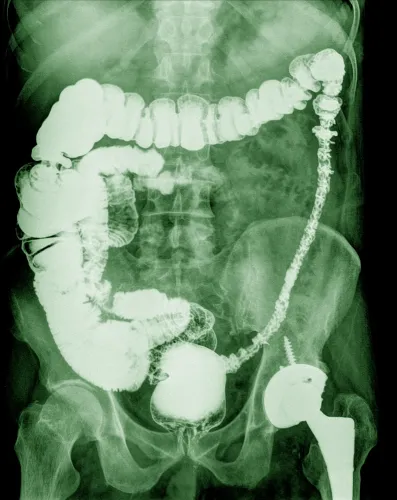Measure Lesion and Excision For Proper Coding
Question: The surgeon “creates an elliptical excision 7 cm long surrounding a 2.0 x 1.5 x 0.5 cm lesion with 1 cm margins on the scalp,” according to the op report. After removing the lesion, the surgeon closes the site with “layered closure.” How should we report the surgeon’s work? Nebraska Subscriber Answer: You should code the case as 11624 (Excision, malignant lesion including margins, scalp, neck, hands, feet, genitalia; excised diameter 3.1 to 4.0 cm) and 12032 (Repair, intermediate, wounds of scalp, axillae, trunk and/or extremities (excluding hands and feet); 2.6 cm to 7.5 cm). Here’s why: The malignant lesion excision codes for skin cancers include simple repair, but you can separately bill for intermediate repair. That means you can code both the excision and the closure in this case using separate codes. Measure lesion: The skin lesion excision codes are based on the lesion size as measured at the largest diameter plus the margin times two. In this case, that’s 2 cm plus 2 cm for the margin (1 cm on each side) for a total lesion size of 4 cm, which codes to 11624. Tip: Surgeons should measure and record the size of the lesion prior to the excision, because the tissue will shrink and result in a smaller measurement at a later time. Measure closure: The intermediate closure code is based on the length of the closure, not the size of the lesion. In this case, the longest measurement for the closure is 7 cm, which reports to 12032.




